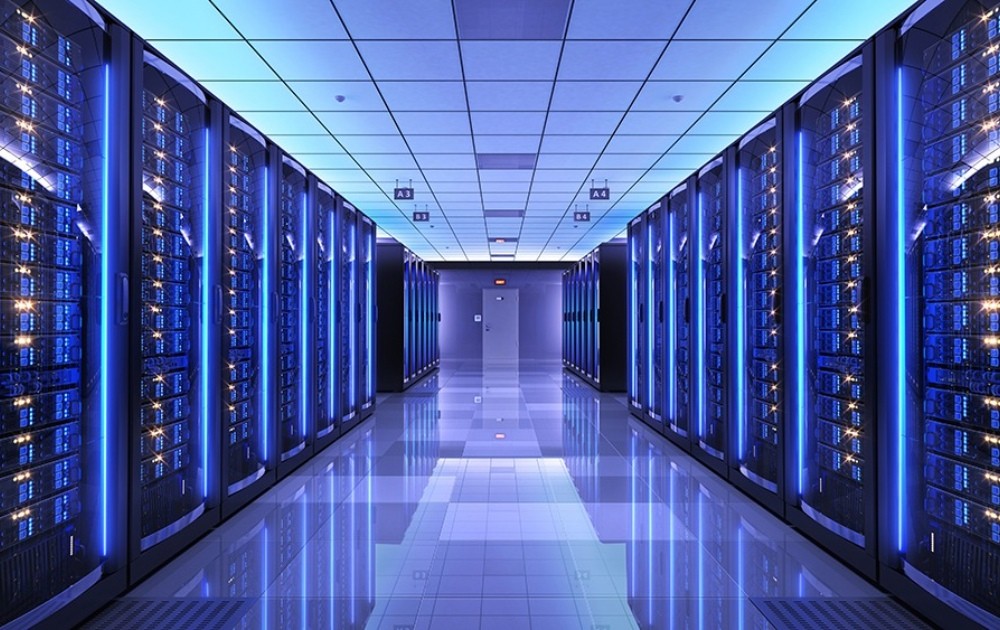Reducing Carbon Footprint Using Energy Efficient Data Centers
In an era dominated by digital connectivity, data centers play a crucial role in supporting our increasingly data-driven world. However, the rising demand for digital services has led to a significant increase in energy consumption by data centers, which in turn contributes to greenhouse gas emissions and impacts our environment. To mitigate these adverse effects, the focus has shifted toward energy-efficient data centers. By employing innovative technologies and sustainable practices, we can reduce the carbon footprint of data centers while still meeting the growing demand for digital infrastructure.
1. The Environmental Impact of Data Centers:
Data centers, with their massive servers and cooling systems, consume substantial amounts of energy, leading to a significant carbon footprint. According to studies, data centers are estimated to account for around 1% of global electricity usage and 0.3% of global CO2 emissions. To address this issue, a two-pronged approach is necessary: improving energy efficiency within data centers and transitioning to renewable energy sources.
2. Energy-Efficient Data Centers:
a. Virtualization and Consolidation: Virtualization technology allows multiple virtual servers to run on a single physical server, maximizing resource utilization and reducing energy consumption. Data centers can also consolidate their servers, further optimizing energy usage and minimizing the physical footprint.
b. Advanced Cooling Systems: Cooling represents a major portion of data center energy consumption. Implementing advanced cooling techniques, such as hot aisle-cold aisle configurations, containment systems, and liquid cooling, can significantly reduce energy requirements for cooling, resulting in substantial energy savings.
c. Power Usage Effectiveness (PUE): PUE is a metric that measures the energy efficiency of a data center by dividing the total energy consumption by the energy consumed by the IT equipment alone. Lower PUE values indicate higher energy efficiency. Data centers should strive to improve their PUE by adopting energy-efficient hardware, optimizing airflow, and implementing efficient power distribution systems.
Renewable Energy Integration:
Transitioning to renewable energy sources is crucial for reducing the carbon footprint of data centers. Powering data centers with renewable energy, such as solar, wind, or hydroelectric power, can significantly offset their carbon emissions. Many large tech companies have already made commitments to 100% renewable energy, and investing in on-site renewable energy generation can further enhance sustainability efforts.
Waste Heat Recovery:
Data centers generate substantial amounts of waste heat that can be repurposed for other applications. By integrating waste heat recovery systems, data centers can utilize this excess heat to warm nearby buildings, contribute to district heating, or drive other industrial processes. This not only reduces energy waste but also enhances the overall efficiency and sustainability of the data center ecosystem.
Collaborative Industry Initiatives:
Reducing carbon footprints requires collaboration across the data center industry. Organizations like The Green Grid and the Open Compute Project are driving research and promoting energy-efficient practices within data centers. Sharing best practices, conducting research, and implementing industry-wide standards can accelerate the adoption of energy-efficient technologies.
Conclusion:
As data usage continues to grow exponentially, it is imperative that we prioritize energy efficiency and sustainability within data centers. By implementing energy-efficient practices, embracing renewable energy sources, and promoting collaboration, we can significantly reduce the carbon footprint of data centers. Through these efforts, we can achieve a more environmentally responsible digital infrastructure that meets the demands of our interconnected world while preserving our planet for future generations.







